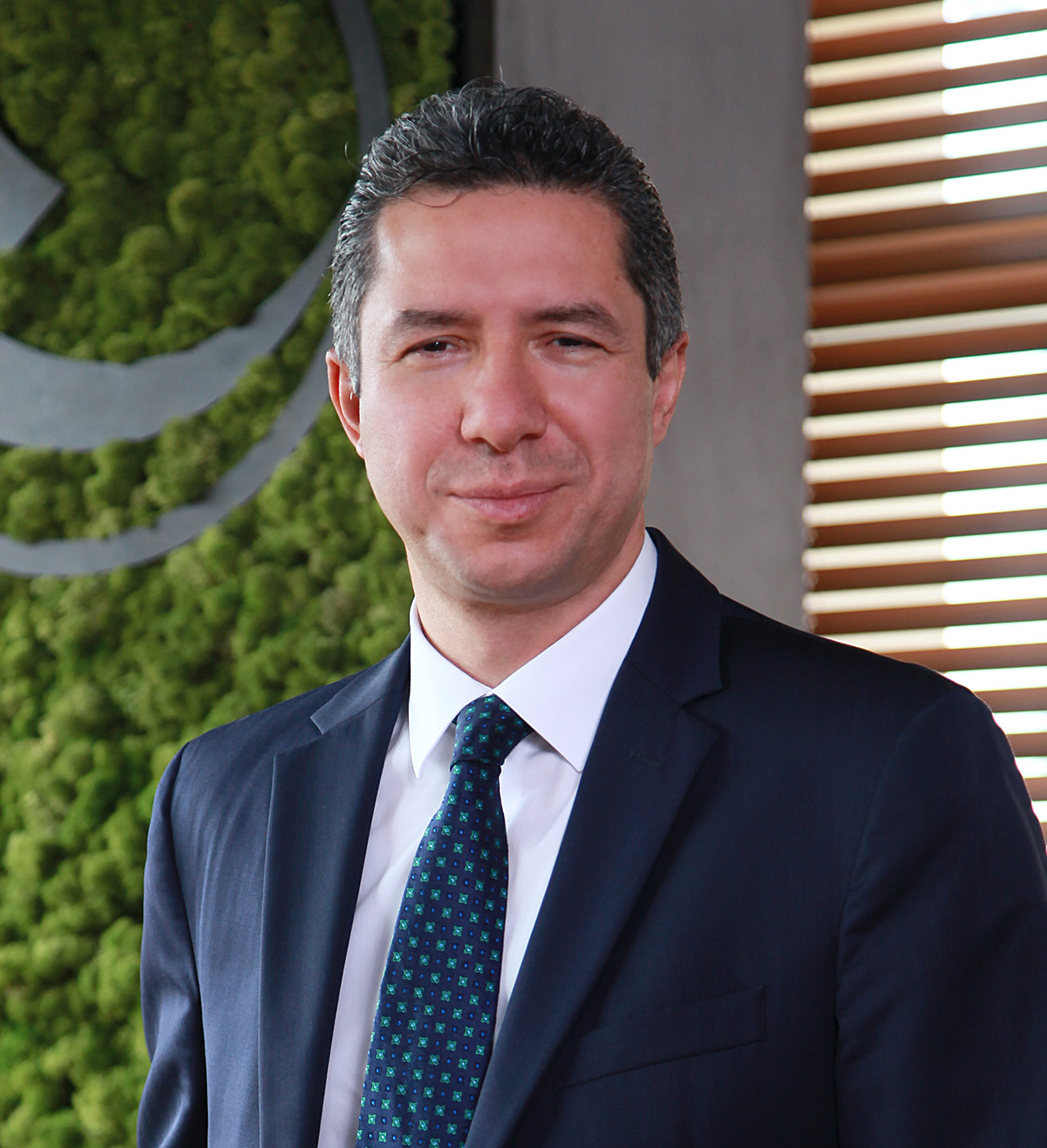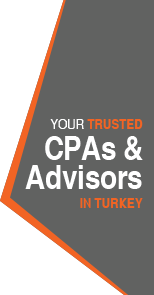Fraudsters’ Dirty Hide-and-Seek Game

- Fikret Sebilcioğlu CFE, CPA, TRACE Anti-Bribery Specialist
- Managing Partner
- E-mail to Fikret
If in hide-and-seek, it finds the player who hides, says his name out loud and tags the wall he counted leaning against, he wins the game. If those who fight against fraud are well equipped and have enough courage, tagging the fraudster can become a “child’s play.”
Fraudsters play a dirty hide-and-seek in every corner of the world and in every sector. Most of the time, they conceal this dirty play in the company books in very creative ways so as not be caught. A fraudster that steals from the company’s bank might conceal the amount stolen in an unpredictable “asset” item in the company records. Or a company that bribes a public official might make the paid bribe look like a legal expense in the expense account with a fake supporting document obtained.
The advantage held by the fraudster who plays hide-and-seek is beyond argument. He is always one step ahead! One of the most efficient ways to catch a fraudster is to discover “where” the fraud is concealed, in other words the “method of concealment.”
According to the 2016 Global Fraud Report published by the Association of Certified Fraud Examiners (ACFE) on frauds by employees, in 95% of the cases the fraudster conceals his dirty game through creative methods he uses, while in 5% of the cases, the fraudster does not even need to conceal his game. The report suggests that the top 10 most encountered concealment methods and the (approximate) rate of encountering this method in cases are as follows:
- Created fraudulent physical documents (55%)
- Altered physical documents (51%)
- Altered transactions in the accounting system (40%)
- Created fraudulent transactions in the accounting system (40%)
- Destroyed physical documents (35%)
- Altered electronic documents or files (such as Excel) (33%)
- Created fraudulent electronic documents or files (32%)
- Created fraudulent journal entries (30%)
- Altered account balances in the accounting system (30%)
- Altered account reconciliations (25%)
These concrete data show that most encountered methods for concealing fraud by far are “created fraudulent physical documents” and “altered physical documents”. They are followed by “altered transactions in the accounting system” and “created fraudulent transactions in the accounting system” by 40%. These findings alone reveal how hard it is to detect a fraudster.
However, if those who fight against fraud analyze physical and electronic data well based on the suspicions at hand, review the documents carefully and follow suspicious records in the accounting system step by step and relentlessly, they are highly likely to reveal a cleverly concealed fraud in the depth of the accounting system.
If in hide-and-seek, it finds the player who hides, says his name out loud and tags the wall he counted leaning against, he wins the game. If those who fight against fraud add caution, meticulousness, speed and most importantly, courage to the above-mentioned technical properties, tagging the fraudster can become a “child’s play.”


